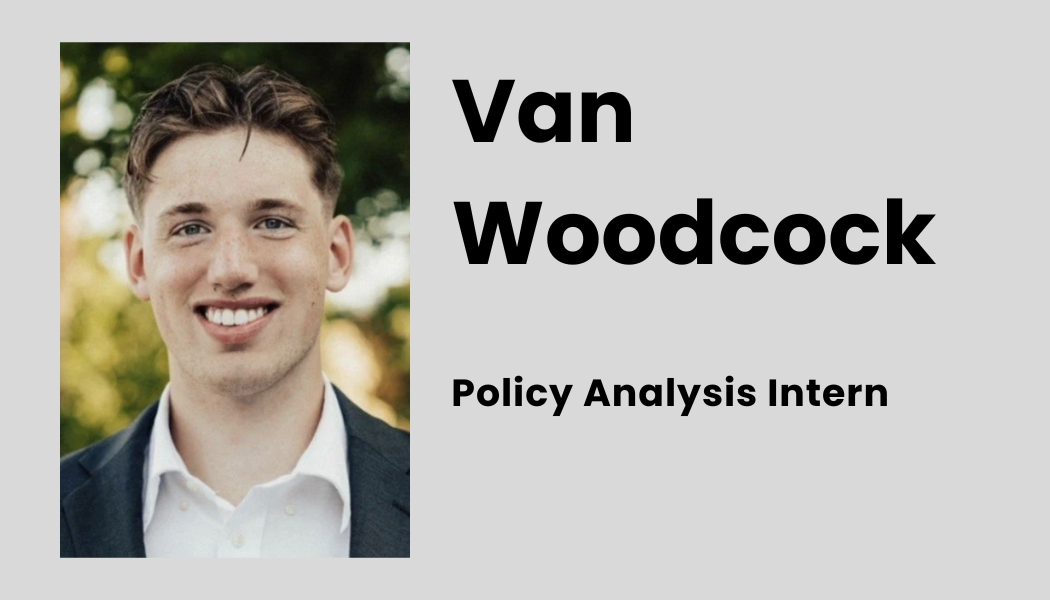The neighborhood a person is born in has a significant impact on their life trajectory. According to Census Reporter and the Centers for Disease Control and Prevention, children born in the communities of Avondale and Belvidere outside of Canton, Ohio can expect to grow up to have a median income of $92,000 and an average lifespan of 82 years. By contrast, the neighborhoods five streets over, Meyers Lake and Lakeview Terrace, face much bleaker prospects: their kids can expect to make about 40% less and live seven fewer years than their neighbors just a 10 minute drive away. Neighborhood disadvantage alone can mean poorer health, higher poverty rates, and fewer opportunities.
The Moving to Opportunity program was a housing mobility experiment designed to test how relocating low-income families to higher-income neighborhoods would affect their social and economic outcomes. The underlying assumption of the study was that moving families into safer, higher opportunity neighborhoods could have positive effects on children’s future employment prospects, income, and social well-being.
Launched in 1994 by the Department of Housing and Urban Development, the managers of Moving to Opportunity randomly selected 4,600 families from a pool of applicants. Participating families had to be living in public or Section 8 housing located in a “high-poverty” designated area in Boston, Baltimore, Chicago, Los Angeles, or New York City and have at least one child under age 18.
One important part of Moving to Opportunity’s design is that it was an experiment, focused on trying to learn what would happen if people moved to low-poverty neighborhoods. Selected families were divided into three total groups: two treatment groups and a control group. The experimental group received a subsidized housing voucher and housing counseling which included help with housing search, landlord outreach, paperwork assistance, and other benefits. This offer was contingent on them moving to a neighborhood with a poverty rate below 10%.
The second treatment group, the Section 8 Group, received an unrestricted Section 8 housing voucher with no further assistance. The control group remained in public housing in their original neighborhood. The experiment was designed to isolate the effects of the neighborhood environment - separate from housing assistance - to better understand which factors most improved outcomes for participants.
A follow-up study by Raj Chetty and colleagues on Moving to Opportunity found encouraging results from the program. Children who moved at a young age experienced higher college enrollment, higher lifelong earnings, and reduced criminal activity among girls. The program informed a generation of housing research and inspired interest in mobility programs, including Ohio’s own Move to PROSPER.
Expanding the foundational concepts of Move to Opportunity, the Ohio State University partnered with local organizations and the Ohio Finance Agency to launch Move to PROSPER as a pilot program to explore the effects of housing mobility in Franklin County. Initially supporting ten single-mother households, the new program adopted Moving to Opportunity’s foundational elements and made several key expansions.
Move to PROSPER expanded the Moving to Opportunity model to include ongoing programming on financial literacy, career advancement, and wellness coaching for the entire 36-month program duration. Providing this extra guidance was intended to help families adjust to their new surroundings and build stability and independence after the support concluded.
The program also incorporated one of Moving to Opportunity’s key findings: children under 13 enjoyed nearly all of the long-term benefits of the original child participants. Move to PROSPER specifically selected households with young children to further explore the potential of early intervention.
Evaluation of Move to PROSPER suggests the program has yielded positive outcomes for participants. When compared with families with similar socioeconomic backgrounds, Move to PROSPER’s participants experienced substantial increases to income, improvements in school engagement, improved mental and physical health, and strong neighborhood and program satisfaction.
Building on the success of Move to PROSPER, the newly-named Families Flourish emerged as a standalone non-profit in 2022, expanding the Move to PROSPER pilot’s core offerings to 64 families across four cohorts with the goal of expanding program access throughout Ohio. Program participants experienced mostly positive changes in mental health and economic standing, with consistently positive feedback.
Despite the promises of Moving to Opportunity and its Ohio-based adaptations, the economic mobility concept has faced criticism and produced mixed results. Adults in the original study did not see improvements in income or employment. Many families also relocated to high-poverty areas at the end of the program, and many selected families didn’t accept the relocation offer altogether. So whether the economic benefits of the program outweigh the economic costs is an open question.
In my current work with Scioto Analysis, I am evaluating the potential impact of expanding Move to Opportunity-inspired models, including Move to PROSPER and Families Flourish within the state of Ohio. This analysis aims to better understand the program and determine whether the program could generate positive long-term social impact. We hope to release this analysis some time over the next few months, so stay tuned for more updates!


